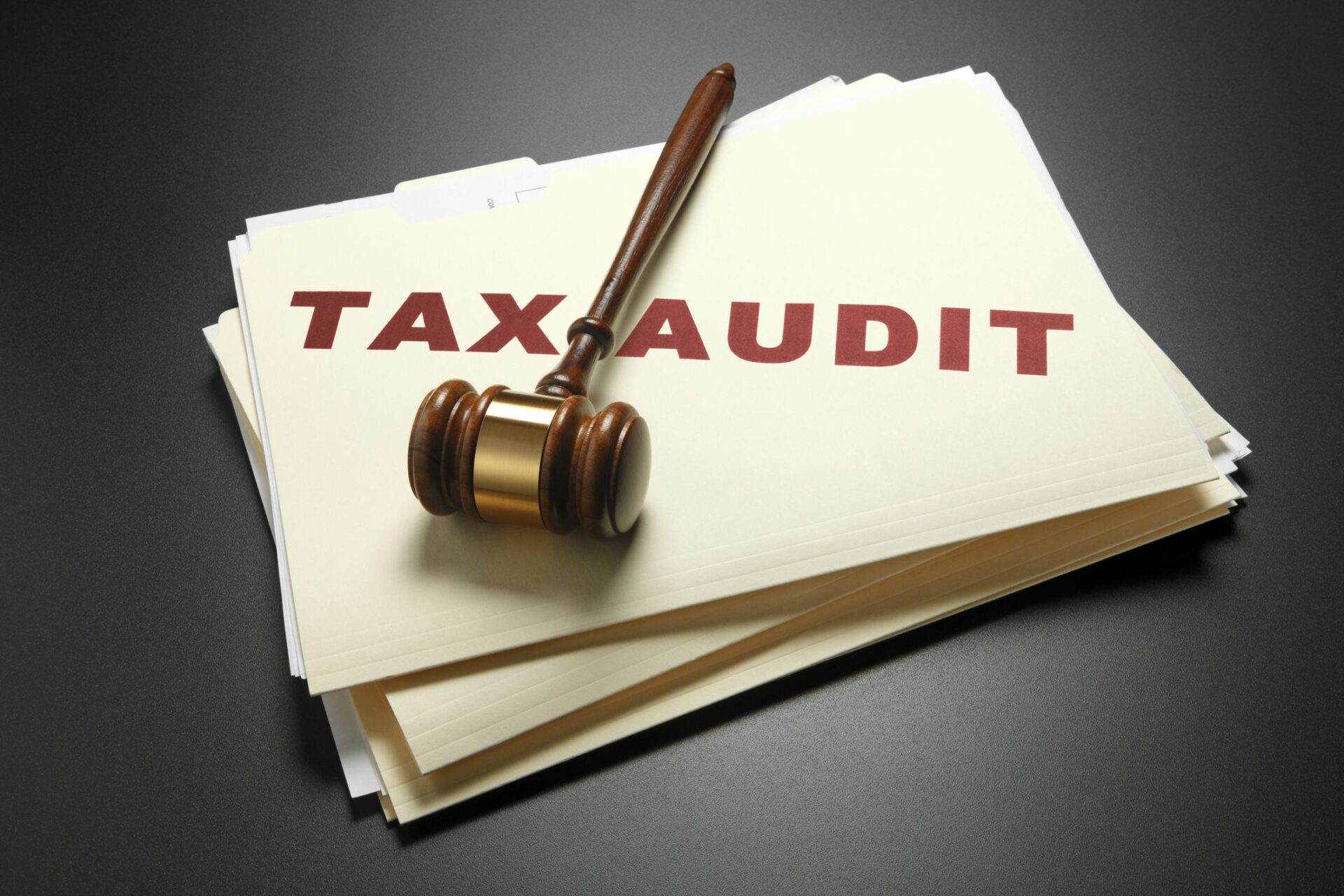
100+ Years of Combined Tax Resolution Experience.
100+ Years of Combined Tax Resolution Experience.
One question we often get asked is how tax brackets work. A lot of people aren’t sure how income is taxed and how to determine which tax bracket they actually fall into. Taxpayers are often confused by how their income tax is calculated and then they don’t understand why they owe more money than they expected.
Tax brackets, unfortunately, tend to be confusing to those who don’t deal with taxes every day. Here’s what a lot of people need to know when it comes to income taxes and tax brackets.
Table of Contents
How Income Brackets Are Taxed
One thing you need to understand is that not all your income is taxed in the same bracket. For example, if you are a single filer and make $100,000 a year, you fall into the 24% tax bracket. However, that doesn’t mean your entire $100,000 income is all taxed at 24%.
Instead, tax brackets work almost like a ladder. Part of your income is taxed at each step, and with each step, the tax on your income increases. If you have questions or concerns about which tax bracket applies to your income, speak with our team at Polston Tax today.
Current Income Tax Rates
Tax bracket rates can change from year to year, so it’s important to research the rates as listed by the IRS when calculating your owed income tax for the year. For 2022, the tax brackets are as follows for single filers:
- 10% tax rate for income between $0 and $10,275
- 12% tax rate for income between $10,276 to $41,775
- 22% tax rate for income between $41,776 to $89,075
- 24% tax rate for income between $89,076 to $170,050
- 32% tax rate for income between $170,051 to $215,950
- 35% tax rate for income between $215,951 to $539,900
- 37% tax rate for income of $539,901 or more
For married couples filing jointly, the tax rates are as follows:
- 10% tax rate for income between $0 and $20,550
- 12% tax rate for income between $20,551 and $83,550
- 22% tax rate for income between $83,551 and $178,150
- 24% tax rate for income between $178,151 and $340,100
- 32% tax rate for income between $340,101 and $431,900
- 35% tax rate for income between $431,901 and $647,850
- 37% tax rate for income of $647,851 or more
So, for example, let us say you are a single filer making $75,000 a year from your salary job. We won’t add in tax credits or deductions for this example, but those can lower your taxable income and lower the tax bracket you are in.
With a salary of $75,000, you fall into the 22% tax rate bracket. Does this mean all your salary is taxed at 22%? No, only a portion of your salary will be taxed at this rate. Of that $75,000, the first $10,275 is taxed at 10%. That leaves $64,725 in income left to tax. The next portion of your income from $10,275 to $41,775 is taxed at 12%. That means $31,500 is getting taxes at 12%.
Next, we tax the remainder of your income from $41,776 to $75,000 at 22%. That means $33,224 of your income is getting taxed at 22%. So your income tax for each bracket comes to $1,027.50 plus $3,780 plus $7,309.28. This means you will pay $12,116.78 in income taxes for 2022.
This is a bit lower than if you taxed the full income at 22% like some people try to do to guess their taxes. If you taxed the full income at 22%, you would believe you would need to pay $16,500 in income taxes.
Reaching out to a tax professional at Polston Tax and having them handle the calculations for your taxes can simplify the process for you and ensure every step is handled correctly.
How the Tax System Works With Multiple Income Streams
If you have multiple streams of income, you need to realize, it is taxed altogether, not separately. The IRS looks at how much total income you have received in the tax year and that is how they determine your tax bracket.
So if you earn $75,000 from your salary job, but earn $25,000 a year in pension or other income, then you will move up a tax bracket. You will then earn a total of $100,000 for the year. You can use the same process to figure out how much taxes you will owe total for all your income.
The income tax brackets work as a tiered system, not a flat tax percentage on all your income. So when you hear you’ve moved up a tax bracket, don’t be scared. Moving up a tax bracket doesn’t necessarily mean you’re going to lose more money — it just means the portion of money you’ve earned over your previous tax bracket will be taxed at a higher rate.
If you are unsure how your multiple streams of income may affect your taxes, reach out to a tax attorney at Polston Tax who can advise you on what you can expect at tax time.
Figure Out What You Owe With Polston Tax
If you need help figuring out what you owe in taxes or need help paying off the taxes you do owe, Polston Tax can help! Our team of tax attorneys and tax accountants can guide you through the tax brackets and let you know how you can save money through tax deductions or credits.
We have a team of more than 100 attorneys, accountants, tax professionals, CPAs, case managers and financial analysts who will fight for you. Founded in 2001, we have been operating with the mission to help our clients escape the challenge of owing back taxes. We are located in five offices across the nation. We offer services to those who owe the IRS or the state back taxes and can help with the following services:
- Bookkeeping
- Tax preparation
- Advanced tax planning
- Negotiating tax resolution options
- Small business tax and accounting
- Cannabis tax planning and accounting
Reach Out to Polston Tax Today
With the variety of services we offer, we can build a customized strategy that gives you the tax help you need. To date, we have saved our clients tens of millions of dollars by ensuring they pay as little as possible in taxes. Give us a call at 844-841-9857 or contact us at Polston Tax today to schedule your free consultation.
Additional Readings

We’re in an era in which more small businesses are launching like wildfire. Many people find starting a small business of their own as easy as a piece of cake. However, most of the time, what they fail to prioritize are some of the major players involved in smoothly operating their small business. A...

Do you know why most married taxpayers go for filing joint tax returns? It’s actually because of the benefits that it offers. But with joint tax returns, both the filers hold the responsibility for the tax bill or any penalties and interest that arise from it. Both are legally responsible for the entire liability, even...

What if you owe so much in taxes that you can’t see your way out of it? If you owe back taxes, you might not think there is a way you can ever pay things off. And the more those back taxes have accumulated, the deeper the hole. But that doesn’t mean you can’t dig...

Tax Audits are one of the most terrifying things a taxpayer can endure. Most taxpayers don’t know what being audited by the IRS entails and usually don’t know what to do if they are audited. IRS audits can be confusing to most taxpayers as most don’t know what the IRS is looking for when they...

Receiving a letter from the IRS can be intimidating, especially if you’re unsure what the notice is for or what to do next. Fortunately, many notices are nothing to worry about and are purely informative. Below, we look at everything you need to do — and what not to do — after getting a notice from the...

The Internal Revenue Service (IRS) is increasing audits on cannabis businesses — the agency is on a mission to ensure that cannabis businesses adhere to the tax code. Unfortunately, cannabis companies must comply with more strict tax laws than other businesses and can claim fewer deductions. Most business owners don’t realize this or aren’t able to meet the reporting responsibilities on their own. If you own a business in...


